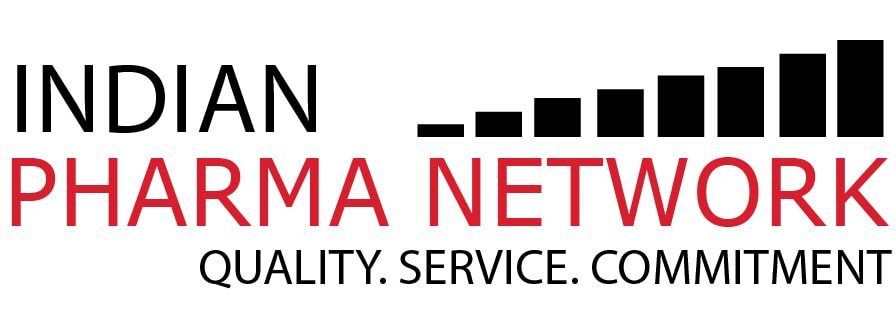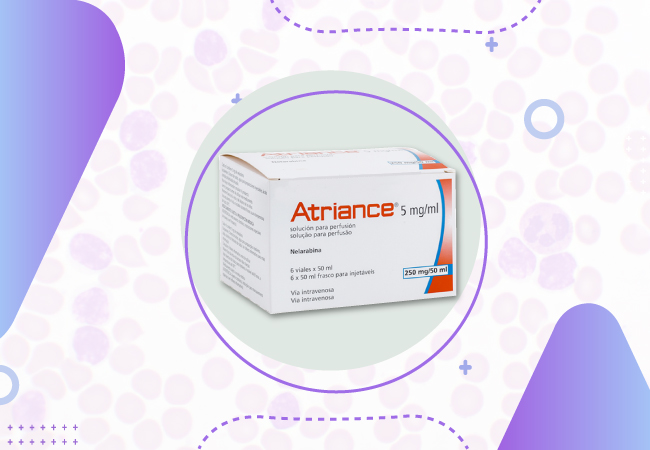Acute Lymphoblastic Leukemia (ALL) is a type of blood cancer that begins from White Blood cells in the bone marrow.” Acute” means it worsens quickly. It’s a rare type of leukemia, or blood cancer, in adults but the most common type in children.
Acute lymphoblastic leukemia (ALL) attacks one’s blood and can spread to other organs, such as your liver, spleen, and lymph nodes. But this type of cancer usually doesn’t make tumors like other types of cancer.
T- cell acute lymphoblastic leukemia (T-ALL) is a type of acute leukaemia that is aggressive and progresses quickly. It affects the lymphoid-cell-producing stem cells, in particular a type of white blood cell called T lymphocytes, as opposed to acute lymphoblastic leukaemia (ALL), which commonly affects B lymphocytes.
Acute Lymphoblastic Leukemia symptoms
Healthcare professionals don’t know what causes most cases of ALL. But research has found certain things that might raise the risk, including:
- Exposure to high levels of radiation to treat other types of cancer
- Exposure to chemicals such as benzene, a solvent used in oil refineries and other industries and found in cigarette smoke, and some cleaning products, detergents, and paint strippers
- Infection with the human T-cell lymphoma/leukemia virus-1 or the Epstein-Barr virus (EBV).
- A medical condition that’s tied to your genes, such as Down syndrome
- Being white
- Being male
Acute Lymphoblastic Leukemia Symptoms
Some symptoms of ALL can be vague such as:
- Fatigue
- Fever
- Loss of appetite or weight loss
- Night sweats
- Tiny red spots just under your skin
- Stomach pain
Many of the symptoms happen because your body is reacting to a lack of healthy blood cells. Leukemia cells can crowd them out in your bone marrow.
Diagnosis of Acute Lymphoblastic Leukemia
If healthcare professionals suspect leukemia, they may do tests, including:
- Blood tests
- Bone marrow tests
- Imaging tests
- Spinal tap
Acute Lymphoblastic Leukemia Treatment
Treatment happens in two parts: induction therapy, to put you in remission, and post-remission therapy.
- One may have more than one type of treatment, as mentioned below:
- Chemotherapy: One might take a mix of drugs that kill or slow cancer cells, usually over a couple of years, such as Atriance 250 mg.
- Targeted therapy: Some drugs target specific parts of cancer cells and tend to have fewer or milder side effects than chemotherapy, such as Bosutinib, Dasatinib, etc.
- Radiation therapy: Healthcare professionals might use high-energy radiation to kill cancer cells if they’ve reached your brain or bone or before one has a stem cell transplant.
- Immunotherapy. Such drugs boost your immune system to kill or slow the growth of cancer cells, like blinatumomab and inotuzumab ozogamicin.
- A stem cell transplant: After high doses of chemotherapy and possibly radiation, one gets stem cells that will grow into healthy blood cells. They might be someone’s own or come from a donor.
Reference: https://www.webmd.com/cancer/lymphoma/acute-lymphoblastic-leukemia
https://www.leukaemiacare.org.uk/support-and-information/information-about-blood-cancer/blood-cancer-information/leukaemia/t-cell-acute-lymphoblastic-leukaemia/

